
Deutsch-Chinesische Enzyklopädie, 德汉百科
 Hunan Sheng-HN
Hunan Sheng-HN

 Anhui Sheng-AH
Anhui Sheng-AH
 Belarus
Belarus
 Belarus
Belarus
 Belgium
Belgium

 Berlin
Berlin

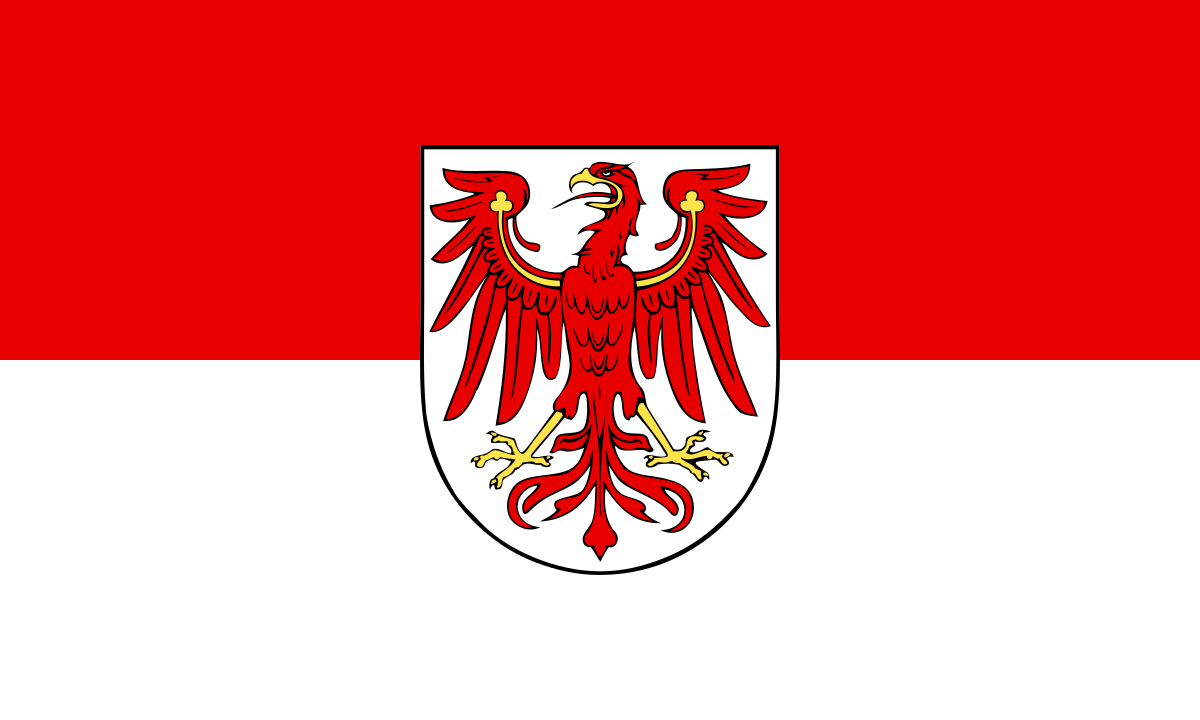 Brandenburg
Brandenburg

 Cataluña
Cataluña
 China
China
 Chongqing Shi-CQ
Chongqing Shi-CQ
 Germany
Germany
 England
England
 France
France
 Fujian Sheng-FJ
Fujian Sheng-FJ
 Gansu Sheng-GS
Gansu Sheng-GS
 Guangdong Sheng-GD
Guangdong Sheng-GD
 Guizhou Sheng-GZ
Guizhou Sheng-GZ
 Guizhou Sheng-GZ
Guizhou Sheng-GZ

 Hamburg
Hamburg

 Hand in Hand
Hand in Hand

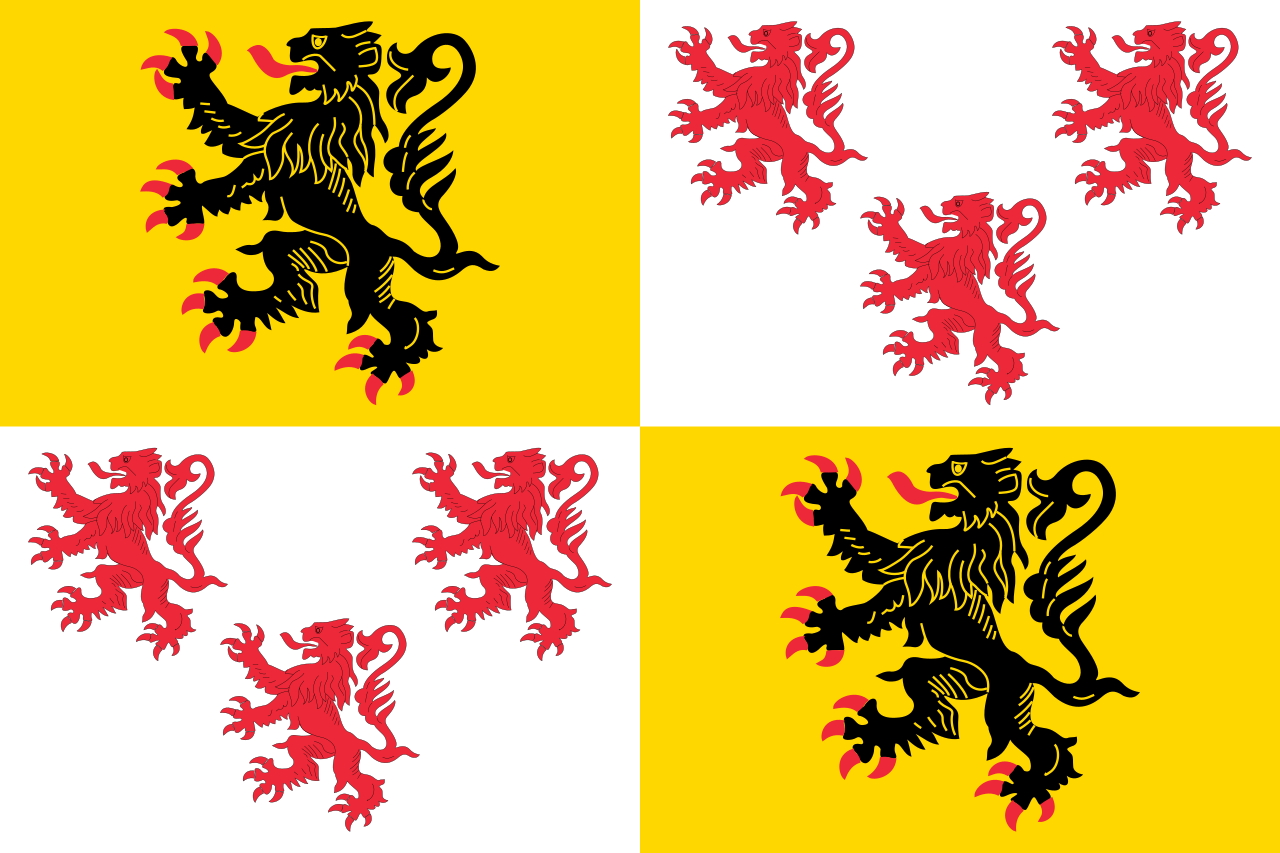 Hauts-de-France
Hauts-de-France
 Hebei Sheng-HE
Hebei Sheng-HE
 Heilongjiang Sheng-HL
Heilongjiang Sheng-HL
 Henan Sheng-HA
Henan Sheng-HA
 Hubei Sheng-HB
Hubei Sheng-HB
 Hunan Sheng-HN
Hunan Sheng-HN
 Jiangsu Sheng-JS
Jiangsu Sheng-JS
 Jilin Sheng-JL
Jilin Sheng-JL
 Kasachstan
Kasachstan
 Liaoning Sheng-LN
Liaoning Sheng-LN

 Madrid
Madrid

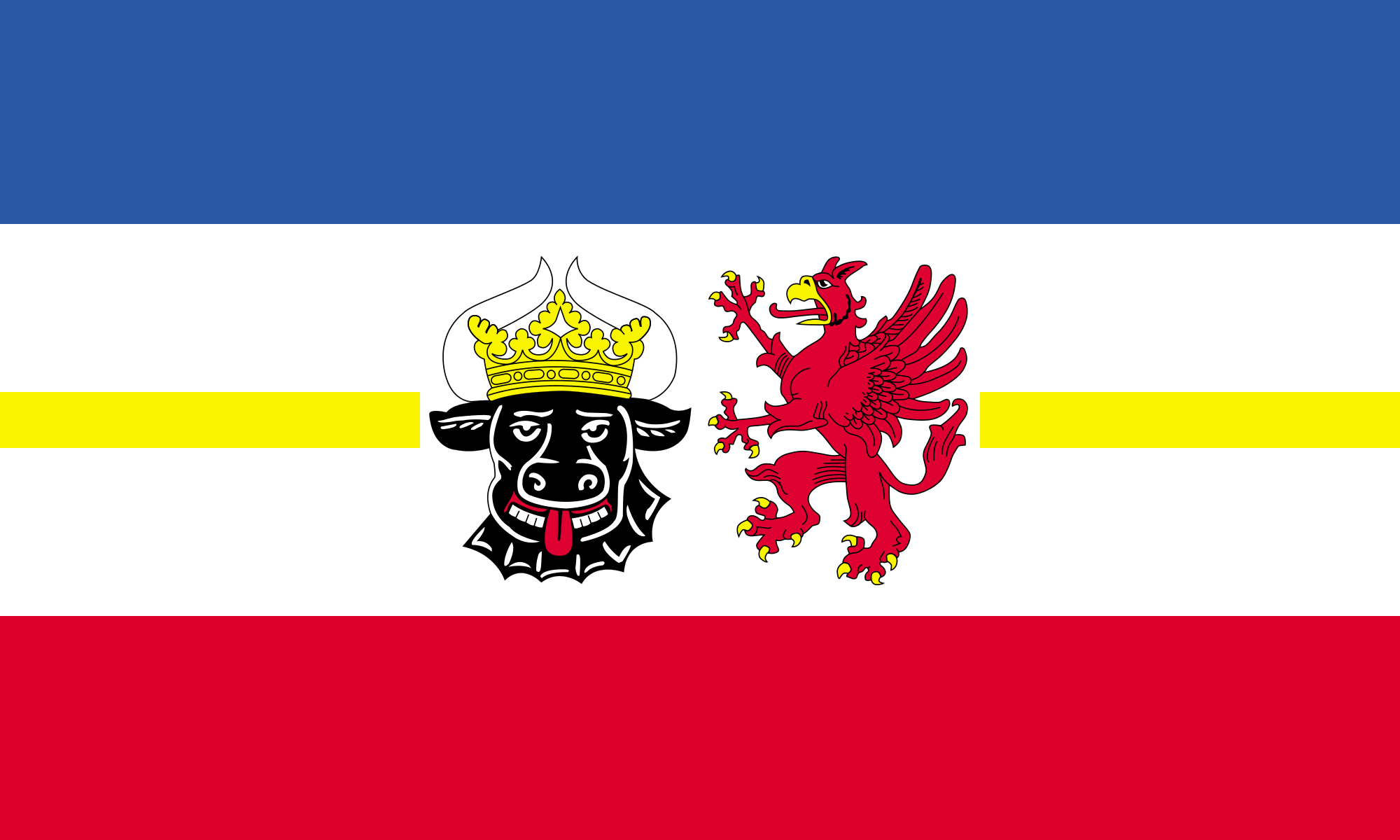 Mecklenburg-Vorpommern
Mecklenburg-Vorpommern
 Nei Mongol Zizhiqu-NM
Nei Mongol Zizhiqu-NM

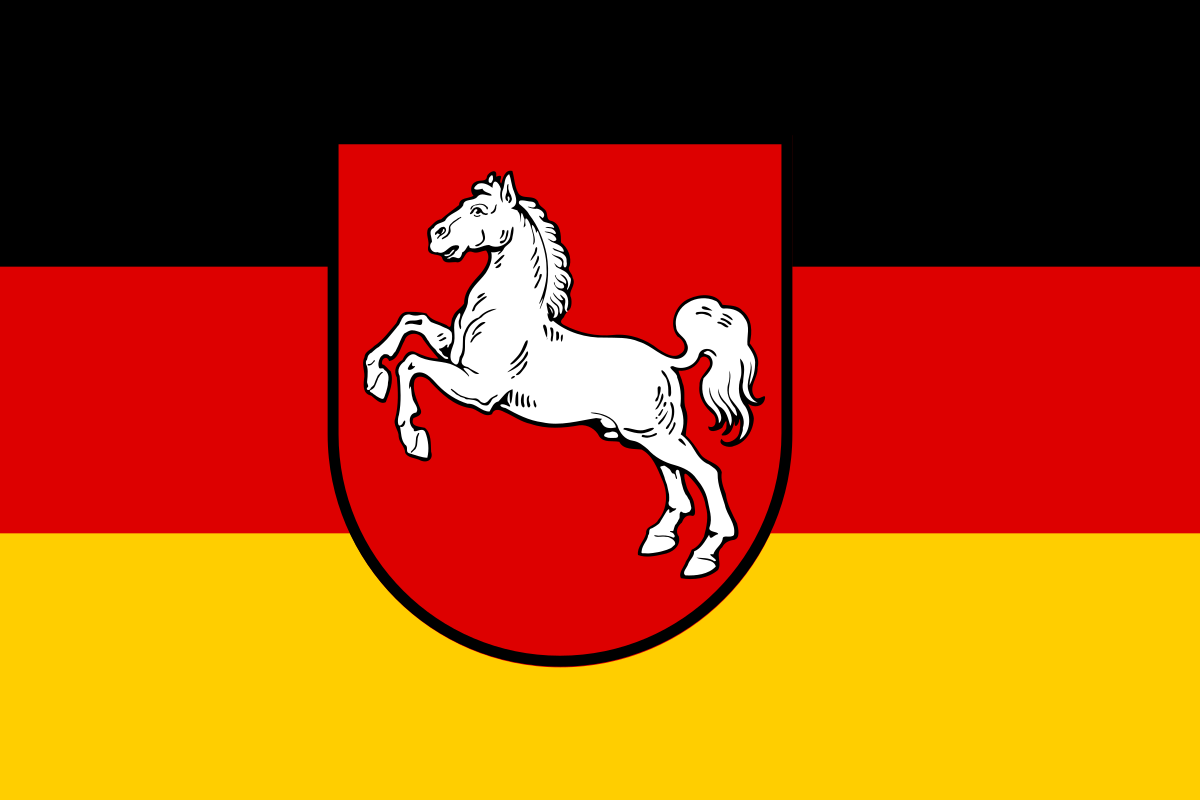 Lower Saxony
Lower Saxony
 Ningxia Huizu Zizhiqu-NX
Ningxia Huizu Zizhiqu-NX
 Nord-Pas-de-Calais
Nord-Pas-de-Calais

 North Rhine-Westphalia
North Rhine-Westphalia
 Poland
Poland
 Qinghai Sheng-QH
Qinghai Sheng-QH
 Russia
Russia

 Schleswig-Holstein
Schleswig-Holstein
 Silk road
Silk road
 Shaanxi Sheng-SN
Shaanxi Sheng-SN
 Shandong Sheng-SD
Shandong Sheng-SD
 Sichuan Sheng-SC
Sichuan Sheng-SC
 Spain
Spain
 Czech Republic
Czech Republic
 Uzbekistan
Uzbekistan
 United Kingdom
United Kingdom
 Xinjiang Uygur Zizhiqu-XJ
Xinjiang Uygur Zizhiqu-XJ
 Xizang Zizhiqu-XZ
Xizang Zizhiqu-XZ
 Zhejiang Sheng-ZJ
Zhejiang Sheng-ZJ
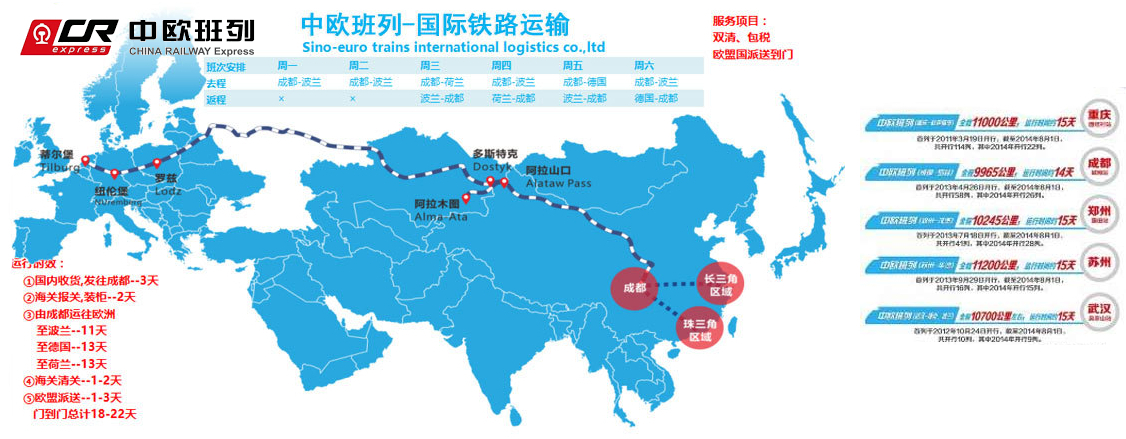
中欧班列(英语译名:China Railway Express 或 China-Europe Railway Express[1][2],简称为 CR express[3])是指按照固定车次、线路、班期和全程运行时刻开行,往来于中国与欧洲以及一带一路沿线各国的集装箱国际铁路联运班列,其中一班是从中国陜西省西安市开往欧洲的火车。[4]为加强与欧洲国家的商业贸易联络,中国政府和中国国家铁路集团与中亚和欧洲各国铁路系统协作,从起初重庆到德国的杜伊斯堡,发展到国内通达城市82个,国外通达欧亚国家的160多个城市,形成了阿拉山口、霍尔果斯、二连浩特、满洲里、绥芬河五大出境口岸,重庆、成都、西安、郑州、乌鲁木齐五大集结中心[5],开行从中国大陆到达最远伦敦、汉堡等地的国际联运列车。[3]
中欧班列也是世界上最长的货运铁路线,连接中国、哈萨克斯坦、俄罗斯、白俄罗斯、波兰、德国、法国、西班牙和伦敦。
Trans-Eurasia Logistics, AKA CHINA RAILWAY Express[1], was a joint venture between German rail company Deutsche Bahn and Russian RZhD, China Railway Corporation from China, Russian Railway Company, Russia operating container freight trains between Germany and China via Russia. The first such train arrived in Hamburg from Xiangtan on 6 October 2008, taking 17 days to make the trip.[2] Intermodal companies Polzug, Kombiverkehr, and TransContainer are also involved in the project.[3]
Container trains travel from China to Germany via the Trans-Mongolian and Trans-Siberian Railways, and then via Belarus and Poland - the route collectively known as the "Eurasian Land Bridge".[3] A break of gauge needs to be crossed when entering Mongolia from China (or Russia directly from China, if traveling via Manzhouli/Zabaykalsk), and then another one when leaving Belarus for Poland.
Trans-Eurasia Logistics operates the Yiwu - Madrid Railway line, which is the longest goods railway line in the world and connects China, Kazakhstan, Russia, Belarus, Poland, Germany, France and Spain. [4]
Trans-Eurasia Logistics est une coentreprise entre la Deutsche Bahn, la Kasachstan Temir Scholy, la China Railway Corporation et la Compagnie des chemins de fer russes, fondée en 20081
Elle permet à des trains de fret entre l'Allemagne et la Chine via la Russie, de réaliser ce trajet en dix-huit jours2.



 Automobile
Automobile
 *Commercial vehicles
*Commercial vehicles



 Automobile
Automobile
 CRRC
CRRC



 Automobile
Automobile
 *Coach and bus
*Coach and bus
 Beijing Shi-BJ
Beijing Shi-BJ
 China
China
 CRRC
CRRC
 CR400AF
CR400AF
 CRRC
CRRC
 CJ1
CJ1
 CRRC
CRRC
 CJ2
CJ2
 CRRC
CRRC
 CJ6
CJ6
 CRRC
CRRC
 CR200
CR200
 CRRC
CRRC
 CR300
CR300
 CRRC
CRRC
 CR400BF
CR400BF
 CRRC
CRRC
 CRH1
CRH1
 CRRC
CRRC
 CRH2
CRH2
 CRRC
CRRC
 CRH3
CRH3
 CRRC
CRRC
 CRH380A
CRH380A
 CRRC
CRRC
 CRH380B
CRH380B
 CRRC
CRRC
 CRH380C
CRH380C
 CRRC
CRRC
 CRH380D
CRH380D
 CRRC
CRRC
 CRH3C
CRH3C
 CRRC
CRRC
 CRH6
CRH6
 Gansu Sheng-GS
Gansu Sheng-GS
 Guangdong Sheng-GD
Guangdong Sheng-GD
 Hebei Sheng-HE
Hebei Sheng-HE
 Heilongjiang Sheng-HL
Heilongjiang Sheng-HL
 Henan Sheng-HA
Henan Sheng-HA
 Hubei Sheng-HB
Hubei Sheng-HB
 Hunan Sheng-HN
Hunan Sheng-HN
 Jiangsu Sheng-JS
Jiangsu Sheng-JS
 Jilin Sheng-JL
Jilin Sheng-JL
 Liaoning Sheng-LN
Liaoning Sheng-LN
 Shaanxi Sheng-SN
Shaanxi Sheng-SN
 Shandong Sheng-SD
Shandong Sheng-SD
 Shanxi Sheng-SX
Shanxi Sheng-SX
 Sichuan Sheng-SC
Sichuan Sheng-SC
 High speed train technology
High speed train technology
 Rad-Schiene-System
Rad-Schiene-System
 High speed train technology
High speed train technology
 Distributed Drive
Distributed Drive
 High speed train technology
High speed train technology
 Central drive
Central drive

 Transport and traffic
Transport and traffic
 Railway
Railway

 Transport and traffic
Transport and traffic
 High speed traffic
High speed traffic

 Transport and traffic
Transport and traffic
 High speed train technology
High speed train technology

 Companies
Companies
 *Big high-speed rail manufacturer
*Big high-speed rail manufacturer

 Guizhou Sheng-GZ
Guizhou Sheng-GZ
 Hubei Sheng-HB
Hubei Sheng-HB
 Hunan Sheng-HN
Hunan Sheng-HN
 Shaanxi Sheng-SN
Shaanxi Sheng-SN
 Shandong Sheng-SD
Shandong Sheng-SD
 Sichuan Sheng-SC
Sichuan Sheng-SC
 Tianjin Shi-TJ
Tianjin Shi-TJ
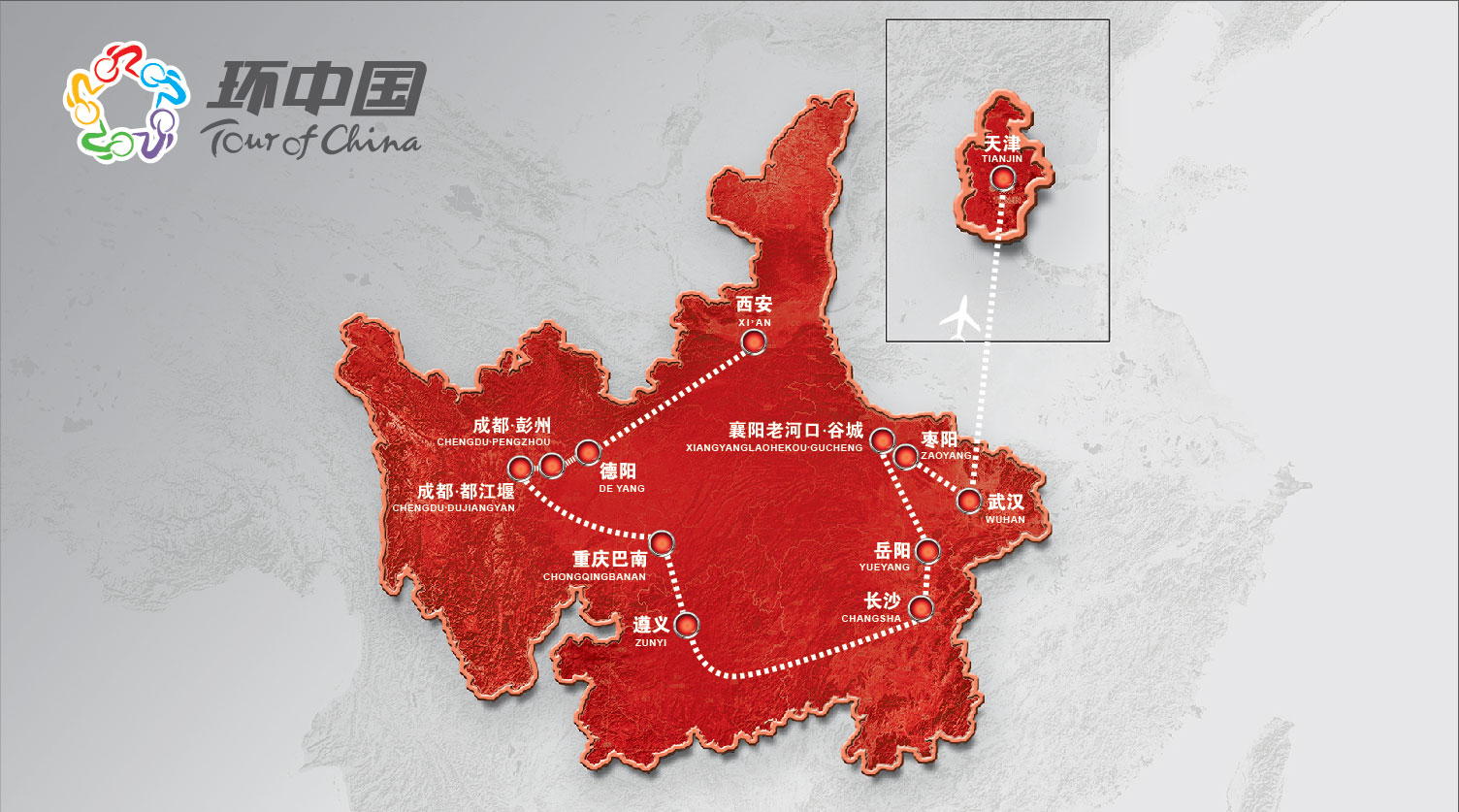

 Anhui Sheng-AH
Anhui Sheng-AH
 Chongqing Shi-CQ
Chongqing Shi-CQ

 History
History
 H 1000 - 500 BC
H 1000 - 500 BC

 History
History
 I 500 - 0 BC
I 500 - 0 BC
 Guizhou Sheng-GZ
Guizhou Sheng-GZ
 Henan Sheng-HA
Henan Sheng-HA
 Hubei Sheng-HB
Hubei Sheng-HB
 Hunan Sheng-HN
Hunan Sheng-HN
 Jiangsu Sheng-JS
Jiangsu Sheng-JS
 Jiangxi Sheng-JX
Jiangxi Sheng-JX
 Shandong Sheng-SD
Shandong Sheng-SD
 Shanghai Shi-SH
Shanghai Shi-SH
 Sichuan Sheng-SC
Sichuan Sheng-SC
 Zhejiang Sheng-ZJ
Zhejiang Sheng-ZJ
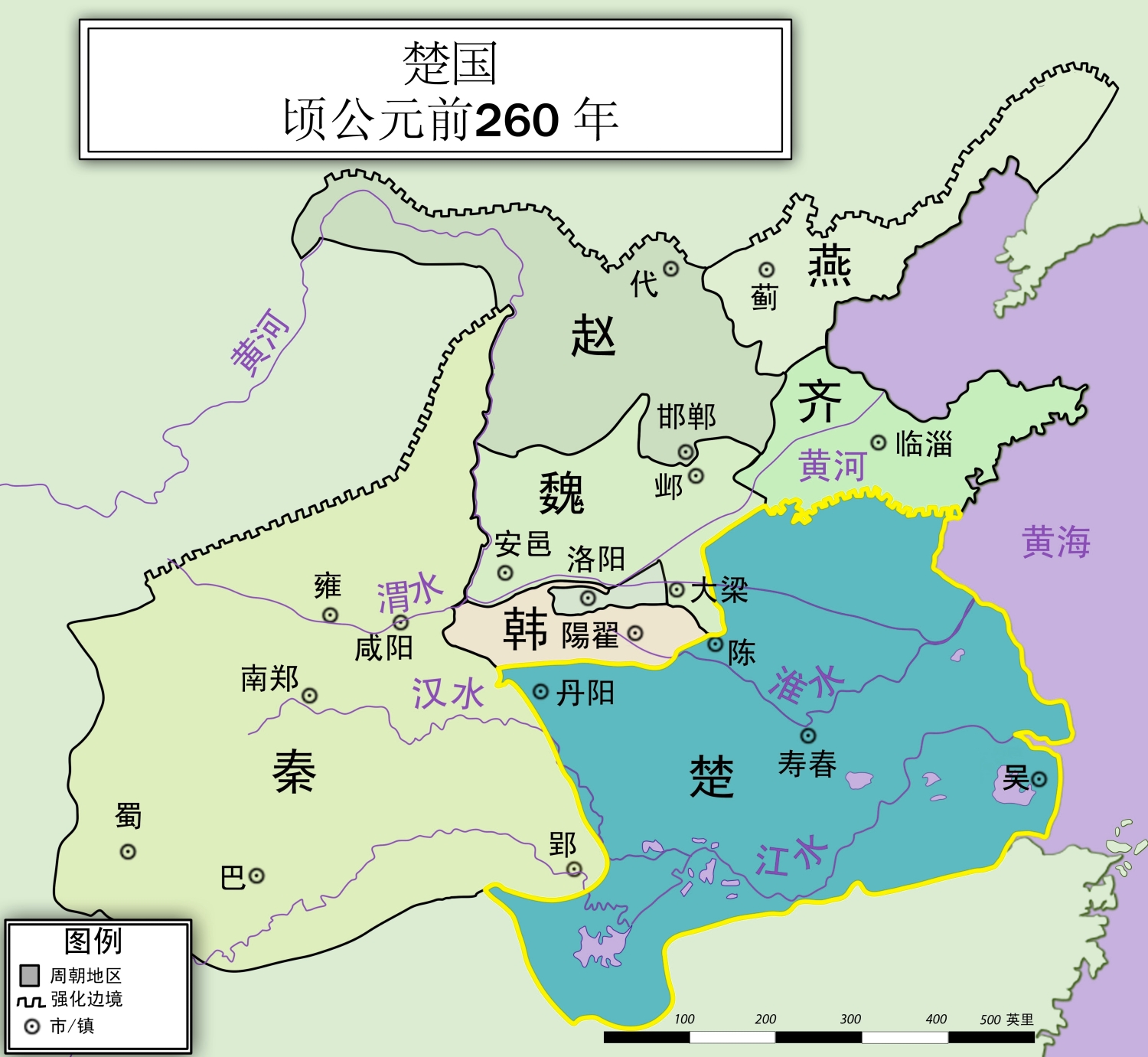
Chu (chinesisch 楚, Pinyin Chǔ, W.-G. Ch'u) war ein Königreich im Gebiet des heutigen Süd-China während der Westlichen Zhou-Dynastie (1046 bis 771 v. Chr.), der Zeit der Frühlings- und Herbstannalen (722 bis 481 v. Chr.) und der Zeit der Streitenden Reiche (475 bis 221 v. Chr.).
Ursprünglich war das Land als Jing (荆) und nachfolgend als Jingchu (荆楚) bekannt. Die größte Ausdehnung umfasste ein umfangreiches Gebiet, einschließlich das der heutigen Provinzen Hunan, Hubei, Chongqing, Henan, und Teile von Jiangsu. Die Hauptstadt von Chu war Ying.
Chu war zu seiner Zeit einer der mächtigsten Staaten und unterwarf zum Beispiel auch den kleineren Staat Lu im heutigen Shandong.
Größere Bedeutung erlangte Chu erstmals unter der Herrschaft von König Zhuang.
Chu (Chinese: 楚, Old Chinese: *s-r̥aʔ[2]) was a hegemonic, Zhou dynasty era state. From King Wu of Chu in the early 8th century BCE, the rulers of Chu declared themselves kings on an equal footing with the Zhou kings. Though initially inconsequential, removed to the south of the Zhou heartland and practising differing customs, Chu began a series of administrative reforms, becoming a successful expansionist state during the Spring and Autumn period. With its continued expansion Chu became a great Warring States period power, until it was overthrown by the Qin in 223 BCE.
Also known as Jing (荆) and Jingchu (荆楚), Chu included most of the present-day provinces of Hubei and Hunan, along with parts of Chongqing, Guizhou, Henan, Anhui, Jiangxi, Jiangsu, Zhejiang, and Shanghai. For more than 400 years, the Chu capital Danyang was located at the junction of the Dan and Xi Rivers[3][4] near present-day Xichuan County, Henan, but later moved to Ying. The ruling house of Chu originally bore the clan name Nai (嬭) and lineage name Yan (酓), but they are later written as Mi (芈) and Xiong (熊), respectively.[5]
Chu ou l'état de Chu (chinois simplifié : 楚国 ; chinois traditionnel : 楚國 ; pinyin : ; littéralement : « pays Chǔ ») était un État des périodes des Printemps et Automnes et des Royaumes combattants, établi sur le fleuve Yangzi. Chu a été annexé par Qin en 223 av. J.-C. La maison royale de Chu à l'origine portait le nom ancestral Nai (嬭) et le nom de clan Yan (酓) mais ceux-ci sont devenus plus tard Mi (芈) et Xiong (熊)1.
Chǔ (楚) fu un regno situato nell'attuale Cina centro meridionale, durante il Periodo delle primavere e degli autunni, (722-481 a.C. e il Periodo dei regni combattenti (481-221 a.C.). La famiglia dominante possedeva il cognome "mi" (芈), nome del clan "xiong" 熊, e il titolo nobiliare di "zi", corrispondente approssimativamente al nostro visconte.
Il primo nome dello Stato era Jing (荆) e successivamente Jingchu (荆楚). Al massimo della sua espansione il regno di Chu occupava una vasta area di territorio, comprendente le attuali province dello Hunan, Hubei, Chongqing, Henan, Shanghai, e parte dello Jiangsu. La capitale del regno era Ying (郢), localizzata approssimativamente nei pressi dell'attuale Jingzhou, nella provincia dell'Hubei.
Chǔ (楚, Wade-Giles: Ch'u3, pinyin: Chǔ) fue un reino situado en lo que hoy es China central y meridional durante el período de Primaveras y Otoños (722-481 a. C.) y el período de Reinos Combatientes (481-212 a. C.).
Fue originalmente conocido como Jing (荆) y luego como Jingchǔ (荆楚). Con el peso de su poder, el reino Chǔ ocupó vastas tierras, incluyendo las provincias actuales de Hunan, Hubei, Chongqing, Henan, Shanghái, y partes de Jiangsu. La capital de Chu era Ying (郢) y estaba ubicada en lo que hoy es la provincia de Hubei.
Чу (кит. 楚) — царство в южном Китае во время эпохи Чуньцю (722—481 гг. до н. э.) и Чжаньго («Воюющие царства» 481—221 до н. э.).
Первоначально царство было известно под названием Цзин (荆), затем Цзинчу (荆楚). На пике могущества под властью Чу находилась территория современных провинций Хунань, Хубэй, Чжэцзян, частично Цзянсу, Цзянси, Аньхой и Фуцзянь, а также города Шанхай. Ранней столицей Чу был Даньян 丹陽, в правление Сюн Туна (8-7 вв. до н. э.) столица была перенесена в Ин 郢 (совр. Цзинчжоу).
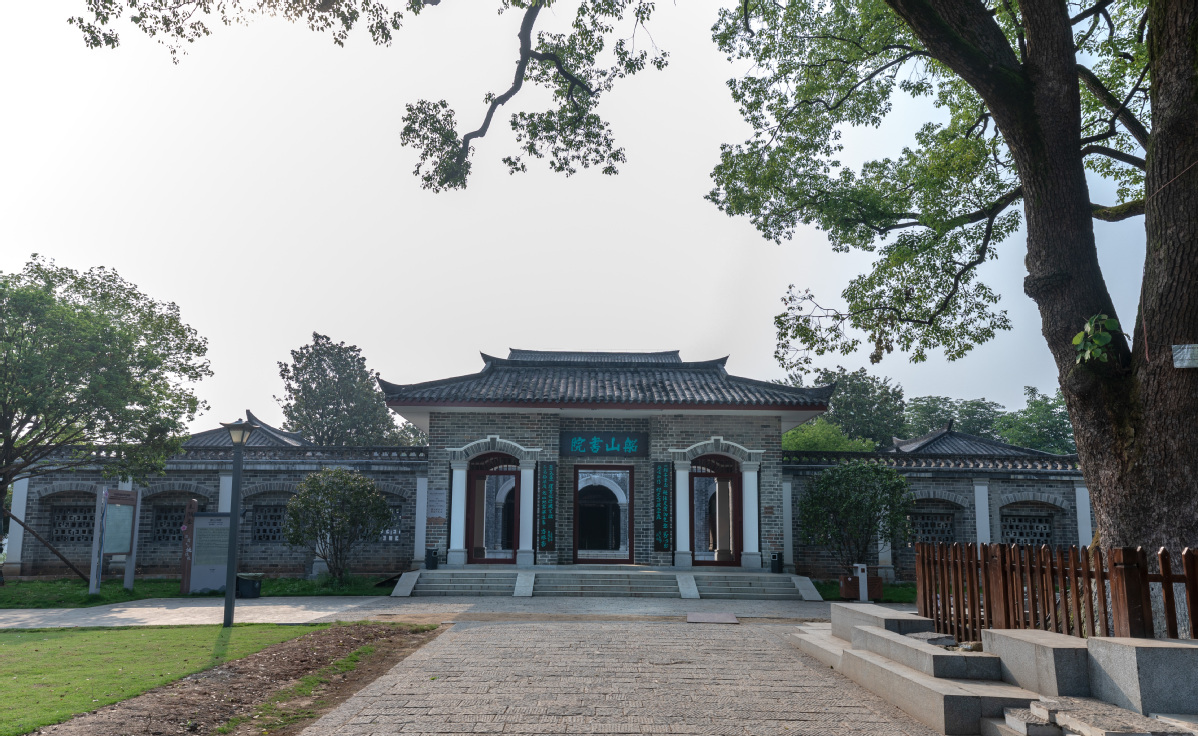


 Ding
Ding

 History
History
 I 500 - 0 BC
I 500 - 0 BC
 Hunan Provincial Museum
Hunan Provincial Museum
 Hunan Sheng-HN
Hunan Sheng-HN

 Art
Art
 CE - Chinese Art 771 BC - 221 BC
CE - Chinese Art 771 BC - 221 BC


 Sport
Sport
 Animal world
Animal world
 Geography
Geography
